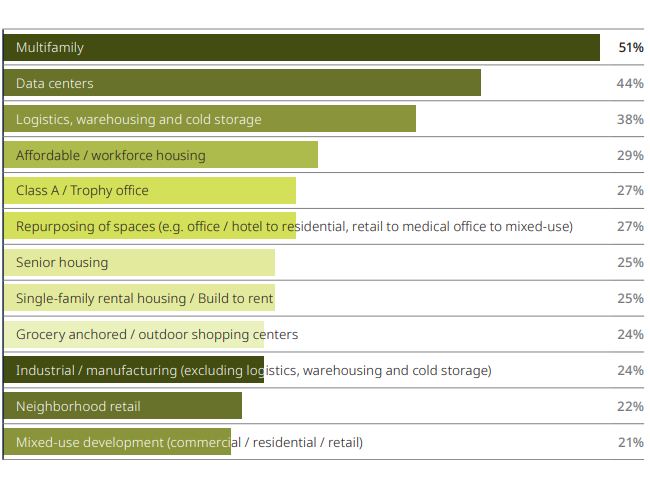Investment Column: SEC’s Title III Rules Create a Crowded Market
By Bryan Hancock, CEO & Co-founder, RealStarter: Get the lowdown on the final rules for Title III of the JOBS Act and its effect on crowdfunding.
By Bryan Hancock, CEO & Co-founder, RealStarter
 After years of waiting, spirited debate and power struggles among various stakeholders, the final rules for Title III of The JOBS Act are in. The rules and explanations are available online, if you wish to trudge through a mere 686 pages with several cups of coffee and late nights. But for those with social lives, I’ve highlighted some salient points for investors and operators.
After years of waiting, spirited debate and power struggles among various stakeholders, the final rules for Title III of The JOBS Act are in. The rules and explanations are available online, if you wish to trudge through a mere 686 pages with several cups of coffee and late nights. But for those with social lives, I’ve highlighted some salient points for investors and operators.
What immediately stands out about this new securities regime is that the raises are limited to $1 million every 12 months. That may be a significant amount of money for seed financing for early-stage startups, but for many commercial real estate projects, it won’t get you too far. Smaller mixed-use spaces or projects that are a step up from small residential developments may benefit from this exemption in certain locales.
The other major trade-off is that under Title III, promoters will only be able to accept up to $100,000 from accredited investors. However, the major upside of this exemption’s use is the ability to raise capital from non-accredited investors using general solicitation. For a non-accredited investor with an annual income or net worth of less than $100,000, they can invest the greater of $2,000 or 5 percent of the lesser of the annual income or net worth. For a non-accredited investor with an income and net worth of at least $100,000, they can invest the lesser of $100,000 or 10 percent of the lesser of the annual income or net worth. Say that three times fast!
Solicitations are limited to “tombstone advertisements” that direct investors to a licensed portal, which will be regulated by FINRA. There is uncertainty about these portals, and specialists we’ve spoken to don’t really know all the rules yet. Title III crowdfunding will become effective around May 6, 2016, and portal registration with the SEC will begin on Jan. 29, 2016. I suspect a lot of the rulemaking and requirements will be forged during that in-between time.
It will be interesting to see how the capital formation process evolves with these new rules. Portal registration and FINRA compliance will probably drive developers that avail themselves of the old Regulation D, Rule 506(b) to take a new look at partnering with capital raise specialists instead of raising money the traditional way. A key risk with taking money from non-accredited investors will be the laws and general enforcement posture around rescission of funds if projects don’t go as expected, and we’ll look to see how it gets applied to the new securities regime. Developers would hate to raise money and have it deployed in projects only to have investors and their attorneys demanding it back at the slightest sign of a tough horizon when the market turns or the project doesn’t go as expected.
Developers and their attorneys will probably attempt to integrate offerings as well, so they can take advantage of Regulation D, Rule 506(c) offerings alongside Title III offerings. This would allow promoters to avoid the $100,000 limit on taking money from accredited investors and to be able to raise money from non-accredited investors. It remains to be seen if this is workable and if accredited investors are comfortable investing alongside non-accredited investors. This is a paradigm shift in the industry, so I suspect this comfort level will surface widely over time, but there will probably be a lot of caution initially as the rules and general way these capital raises are approached evolve.







You must be logged in to post a comment.